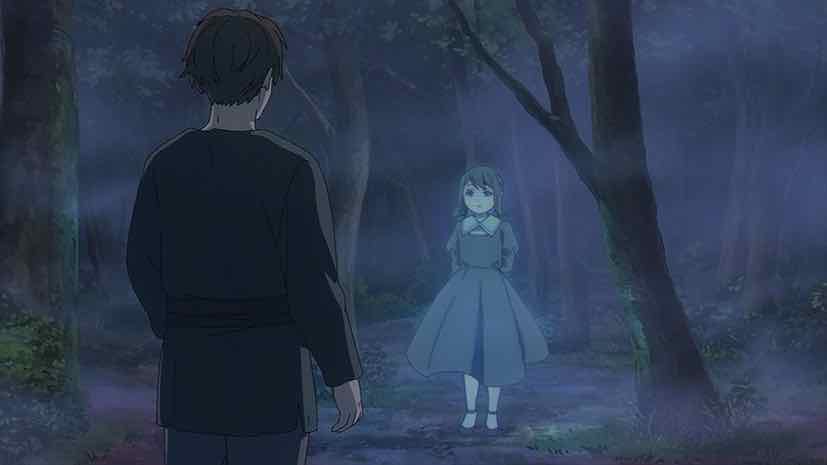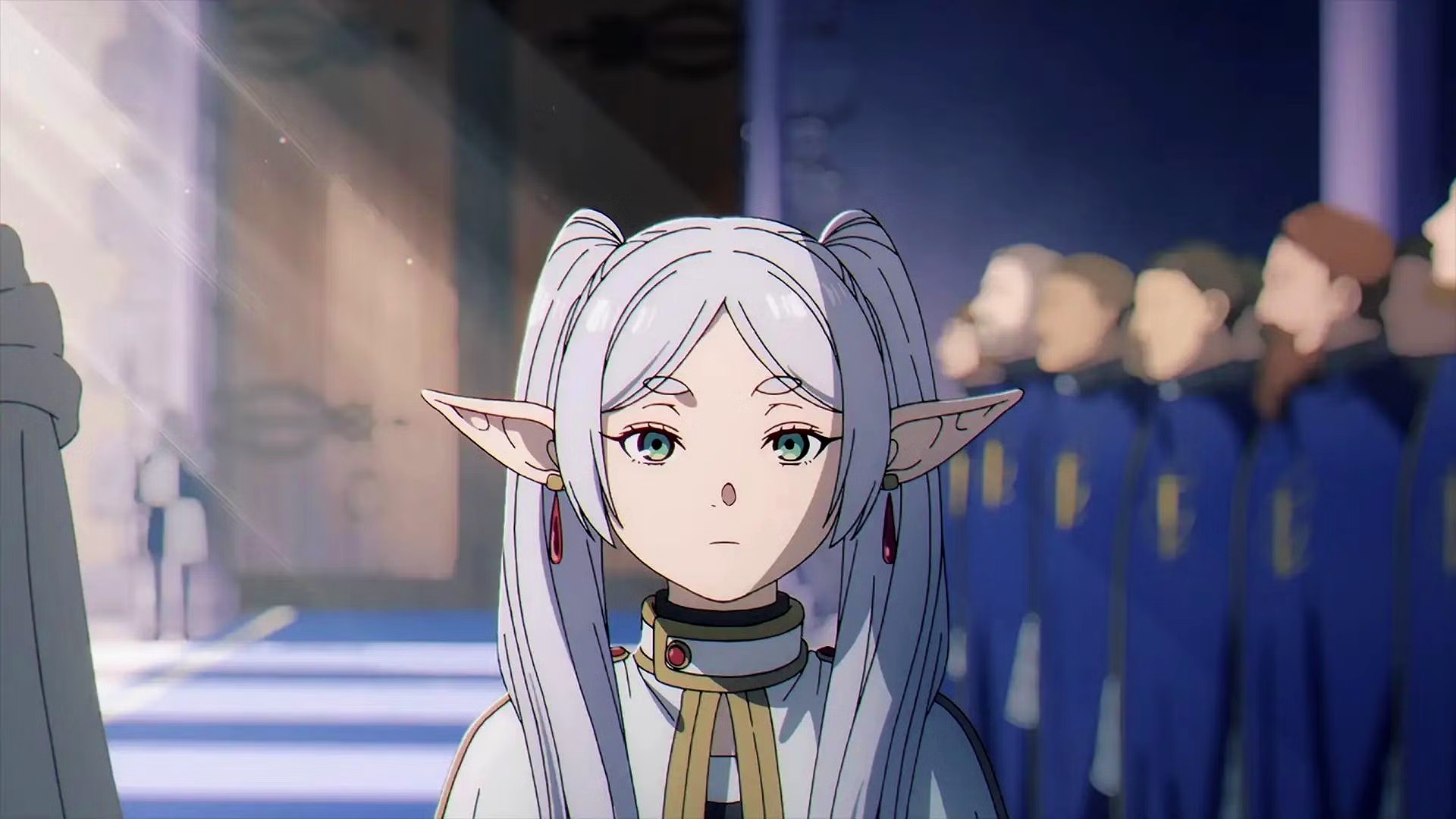Einsam is just a very curious creature, and we want to talk about it more.
Frieren: Beyond Journey's End (Sōsō no Furīren) has a very interesting monster in its new, fifth, episode. It is called Einsam, which, by the way, means "lonely" in German, and it uses the phantoms of people who are important to the potential victim to lure them in and supposedly consume. As far as we understand, the creature uses memories of the person who stumbles into its path in order to create the phantom. Additionally, those who are dead can also be "resurrected" through the monster's illusion magic.
It is not difficult to overcome Einsam; Frieren exposes it with one magical blast, and Fern finishes it. But for that to be done, the person Eisam haunts has to strike at a person they love, which is why it is also very difficult to overcome Einsam. Fern did not manage to do it on her own; only with the help from Frieren did she manage to get rid of the illusion.
Thus, we have a monster who uses illusions to lure in prey. That is not uncommon in mythology, although typically, the monsters change their form, while from the anime it is clear that the illusions were probably not a part of Einsam's body.
Still, it is worth mentioning creatures like Kelpies and other water horses in north european mythology, who turn into beautiful women to lure in men, drown them and eat them. It is not the perfect comparison, but it does demonstrate that creatures using illusions (or, possibly, shapeshifting) to kill and eat its prey do exist in mythology.

If you were wondering if only men would be in danger next to bodies of water in Northern Europe, there is someone for women to fear, too. The male version of kelpie has many names, but it has been called näck. Unlike a kelpie it does not use illusion, and it appears as a beautiful man, but it does use its unparalleled violin skills, thus making women come closer only to be drowned. Some näcken are supposedly benevolent, though, and do not make anyone die but simply showcase their music. Some näcken might even fall in love with a human and stay with them for some time as if they were married.
However, näck does not seem very similar to Einsam, except for, possibly, having a skill that attracts potential prey. In that regard, an old tale of sirens can be told, too. Sirens are usually presented as beautiful creatures, often with some fish creatures, and usually seemingly female. They sing songs, just like näck plays the violin, which attracts sailors and makes them crash their ships against the rocks near which sirens sing.
Sirens are also known to drown sailors who did not die in a shipwreck. There is no similar alternative for women which might be because for the longest time, sailors were men.
Back in Celtic mythology, all kinds of fae can create illusions, even though it is rarely for purposes other than being trickster. A fae or elf from Celtic mythology is less likely to kill you; they would rather have you thinking that the leaves they have given you are gold, although there are exceptions. After all, dancing until you die is not the most fun experience. Elves and fae are capable of illusion but they do not typically use it to attract prey because they do not prey on humans.
The same can be said about powerful Arabic jinn or djinn, who are generally capable of creating illusion, so they could be similar to Einsam. They also do eat humans if they need or want to. Similarly, in Japanese folklore, there are many creatures that use shapeshifting, such as kitsune or the lesser-known jorōgumo, both of whom can eat humans and create illusions. Just like kitsune, jorōgumo can shapeshift into a woman and have the tendency to be dangerous to people, especially men, who they enchant, but unlike kitsune, who is a fox spirit, jorōgumo is actually a spider demon (yōkai). All of these creatures could, if they so wanted, create illusions to lure in humanoid prey, but they usually stick to the old trick of pretending to be a beautiful human themselves.
Creatures from other countries also like to trick humans. For example, in Africa, there is a very popular trickster Anansi, and in Native American folklore, Coyote is an illusion-creating trickster. However, they are not exactly similar to Einsam.
In summary, the myths of the world are filled to the brim with tricksters, who can fool you with illusions, but not all of them want to eat you. Some of them may even be friendly. As for Einsam, our search for a mythological sibling of this creature was rather unsuccessful, but it is clear that the idea of luring in prey with illusion is not a rare thing in mythology. It is just that all the characteristics of Einsam are not replicated in any of the creatures we have been talking about.
And that is fine; Einsam being a little unique is good, and we had a lot of fun looking for a similar myth.

